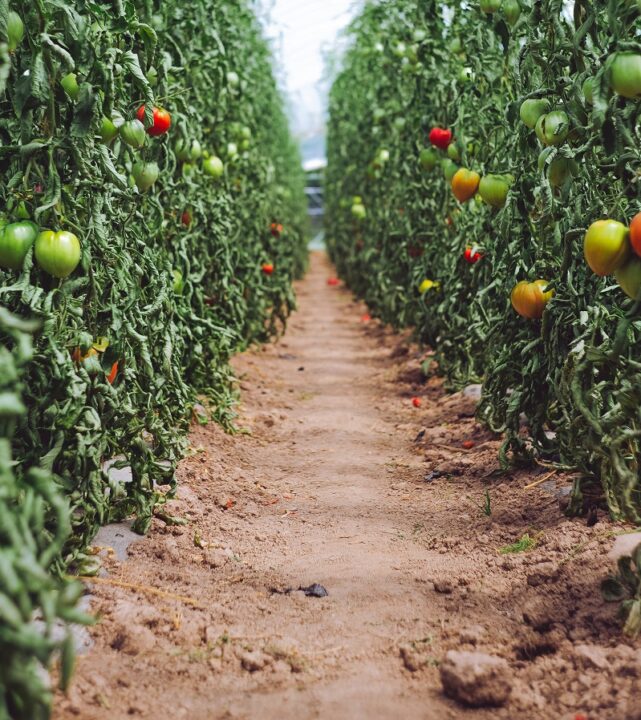Texas Agriculture Feeling the Effects from Major Heat Wave
A June heat wave caused agricultural conditions to decline around much of Texas after steady improvements over the previous month, according to Texas A&M AgriLife Extension Service experts.
May rains dramatically improved soil moisture conditions in many drought-stricken areas of Texas, but triple-digit temperatures and little to no rain in June were trending many areas back toward drought. Various crops around the state were showing stress from high temperatures and lack of soil moisture.
The heat wave was especially harsh in the southern half of the state, where some areas experienced record temperatures.
All plants and vegetation experience heat stress during extreme daytime and nighttime temperatures like Texas experienced over recent weeks.
But the combination of high daytime and nighttime temperatures can also economically damage commodity crops, especially during sensitive growth periods like pollination and flowering.
Not all the news about the arid conditions was bad. Larry Stein, AgriLife Extension horticulturist, says cantaloupe and watermelon fields in the Winter Garden and Central Texas were producing high-quality, super-sweet fruit. Irrigated vines were thriving, and brix counts were rising under the dry, hot conditions.
But overall, Stein says conditions are declining, even for irrigated crops. Heat is not the problem though, it’s the lack of moisture.
“Vegetation is starting to burn up,” he says. “If you can maintain sufficient moisture for plants then they can cool with transpiration from the leaves, but the problem I see with the heat is stress and the other problems like spider mites and aphids, and everything takes its toll.”
John Nielsen-Gammon, Ph.D., Texas state climatologist and Regents Professor in the Texas A&M Department of Atmospheric Sciences, Bryan-College Station, reports the heat wave produced eight “all-time” temperature and heat index records, from Tahoka to Cotulla. June was one of the 10 hottest on record for South Texas.
Most of the state recorded multiple days over 100°F, including half the month of June along the Texas-Mexico border up to Midland, five days in triple-digits in Dallas/Fort Worth and Bryan-College Station and three days in Houston.
Conversely, it was cooler than normal in northern parts of the state and one of the coolest Junes on record in Dalhart, near the top of the Texas Panhandle.
“It’s not the hottest summer so far,” he says. “But it’s been quite a bit more humid from all the rain in April and May, and that is where people are really feeling the heat.”
Nielsen-Gammon said high humidity and temperatures contributed to heat indexes well beyond 100°F. The dew point was around 70°F to 75°F degrees in Central Texas.
But the heat wave has also included a dry spell for much of the state, Nielsen-Gammon says. The same high-pressure system that kept the weather hot kept thunderstorms away from most of the state. The heat has sapped topsoil moisture from previous rains quickly in some areas of the state.
This drying down puts many areas at risk of returning to drought conditions following the earlier rains that had significantly reduced the amount of severely dry conditions, Nielsen-Gammon adds.
“If we don’t get a decent amount of rain in the next few weeks, we will see more vegetation turning brown and crops suffering,” he says. “The Panhandle and East Texas have gotten enough rain, but the areas that are marginally out of drought are definitely at risk of slipping back.”









